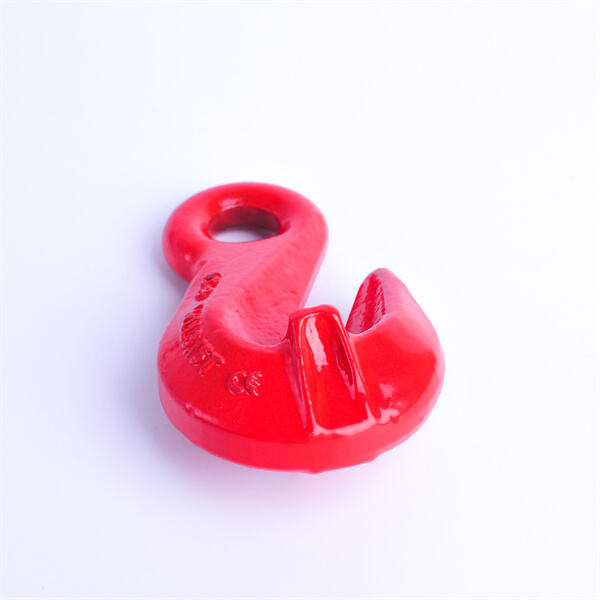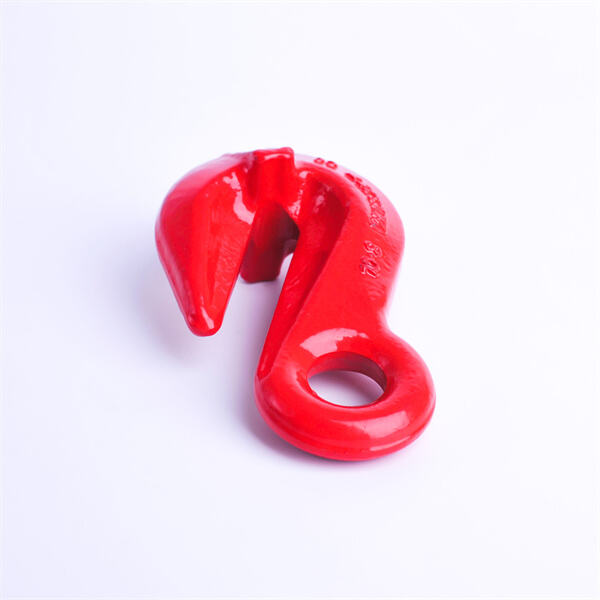Do you like fishing? Many like to fish, especially this time of year. Do you know about the Hook and Grab technique? It is one very fun way to hook some serious fish. The hook and grab method from Qingdao Powerful Machinery Co., Ltd. which is used by fishermen across the world to assist in catching fish. In this guide, we will cover how this technique works, what tools you need to use and how to avoid certain mistakes that can occur while fishing. Hook and Grab fishing can be made easy with a bit of training and some patience, you can become really good at it too, and soon land that big fish.
So, here are some crucial things you need to have to start with Hook and Grab fishing. You will need a fishing rod, hook and fishing line. The hook (and the line) you choose will depend on the size and type of fish you want to attract. You have to consider the size of the fish, how deep you will be fishing in the water, and how strong your fishing line should be to contain the fish.
Then, you need to choose your bait. Different fish prefer different types of bait. For example, you're going want to use chicken liver or night crawler if you're going after catfish. Or if you are after bass you may want to go with shad, minnows, or crawfish. Selecting appropriate bait is crucial as it helps enticing the fish one wants to catch.
Hook and Grab by Qingdao Powerful Machinery Co., Ltd. is when you throw your bait into the water and wait for a fish to bite on your bait. When you feel your line being pulled or tugged, it’s time to set the hook. To ensure the hook grab goes into the fish’s mouth you need to give it a quick pull up on your rod. This requires some skill and practice, but fear not! And with time and practice, you will improve.

You also rely on your legs and abs to help you haul up a large fish. Make sure your arms are straight and pull the fish toward you with your whole body. You’ll want to let it tire itself out for a bit, particularly if it starts to pull hard and fight besides, before you begin to reel it back in. This is crucial information, as it allows you to land the fish without losing it.

One more good tip is to maintain your rod top elevated whereas reeling within the fish. This adds more power, plus when you maintain tension, you can push the fish in. If the fish decides to swim toward you, pay attention and crank the handle fast so you can keep the line tight. When the fish takes the bait, keeping the line tight is crucial as it prevents the fish from escaping.

Hope you can also save bait for your hook when you are selecting your Qingdao Powerful Machinery Co., Ltd. grab hook. Some hooks require specific baits to attract a fish. Circle hooks make great not to mention humane live bait players, as they are designed to catch fish in the side of the jaw with minimal harm. On the other hand, traditional J hooks function more effectively with artificial lures mimicking natural prey.
Both lifting chains and lifting hooks are designed with safety in mind, incorporating secure locking mechanisms and high-tensile strength to prevent accidents during operation. The robust design and stringent quality control ensure that lifting tasks are performed safely, minimizing risk and protecting both workers and equipment.
Both lifting chains and lifting hooks are crafted from high-quality materials like G80 and G70 steel, ensuring exceptional strength and durability for heavy-duty lifting applications. Designed to handle extreme weight, they are ideal for industrial lifting, material handling, and construction operations where safety and reliability are paramount.
Our lifting chains and lifting hooks are engineered for high corrosion resistance with options such as galvanized chains and coated hooks, ensuring long-term reliability even in harsh weather conditions. Perfect for outdoor or marine environments, these products are built to resist rust, wear, and environmental factors, ensuring longevity.
Whether you're in construction, cargo handling, marine, or transportation, both lifting chains and lifting hooks offer unmatched versatility. They can be used for a variety of lifting tasks, from towing and hoisting to marine applications and warehouse lifting, making them essential components in many industries.